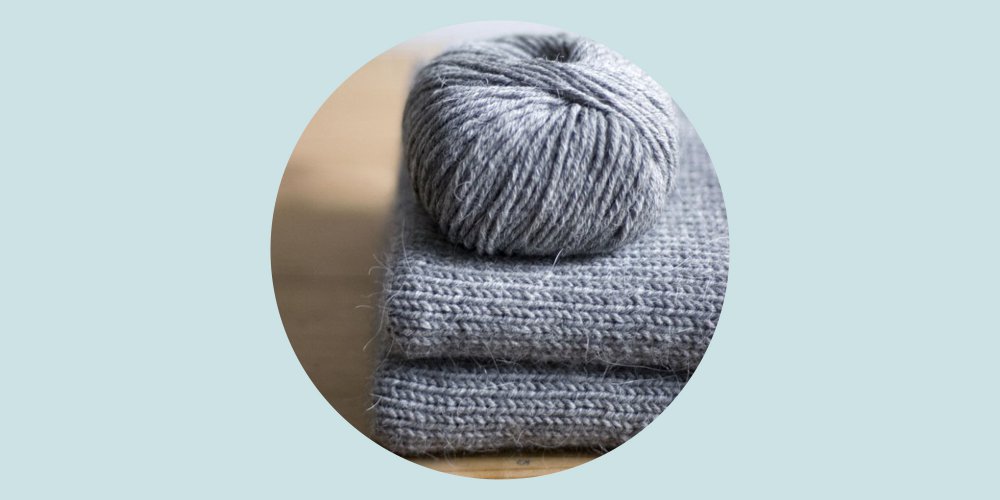In the list of oh so existential problems that spoil the life of our dressing room, that of the bunches of pull undoubtedly occupies the head. And for good reason, as they are worn, strung, removed, crumpled, rubbed, our pretty stitches leave them placed in filthy piles of hairy threads transforming them (without exaggerating) into vulgar mops. Yet it is with small tricks worthy of those provided by our ancestors that can be remedied. Change to a razor, use a scraper or even scissors: review of these small gestures that save.
- The technique of tweezers
In case of nascent pimples, especially on tight-knit sweaters, the epidemic is removed from the outset by removing them one by one with the tweezers , with a sharp and precise stroke. It has the merit of being simple, fast and maintain weaving. For the maniacs of finishing, we give a little iron ironing history to flatten everything.
- The shot of the green side of the sponge
Despite its name worthy of a film by Wes Anderson, this technique would have been proven, especially on cashmere sweaters . It's simple, just take a dish sponge on the green side (or red) and gently rub his pellet sweater previously placed on a flat surface. Of course, it goes without saying that the sponge in question must be new and must not have been used to scour the gratin dish of the day before.
- The razor stronger than anything
Nothing like a good razor to get rid of pills of sweaters. If specialized razors are on sale here and there on the internets, we can be satisfied with an electric razor or a hair clipper. Be careful, however, to pass it gently on the mesh, from top to bottom, so as not to damage your favorite sweater. A trick that also works on slightly aged winter coats that need a second life.
- The revenge of the lice comb
In the series of ultra-glamorous tips, we ask the comb lice that definitely proves essential to the survival of the home. Just pass it among the pills of the sweater while pulling slightly on the pull so that it remains well tensioned and that the teeth of the comb do not get caught in the meshes.



